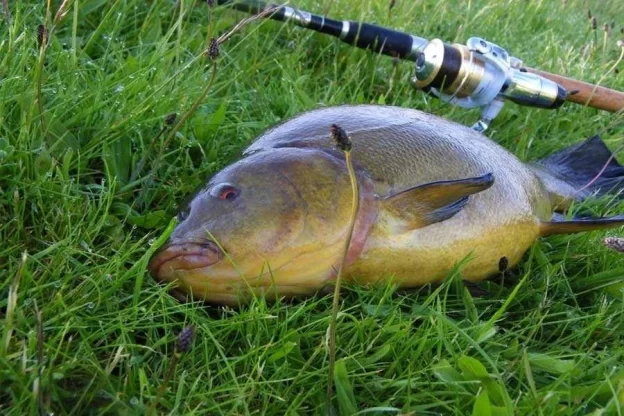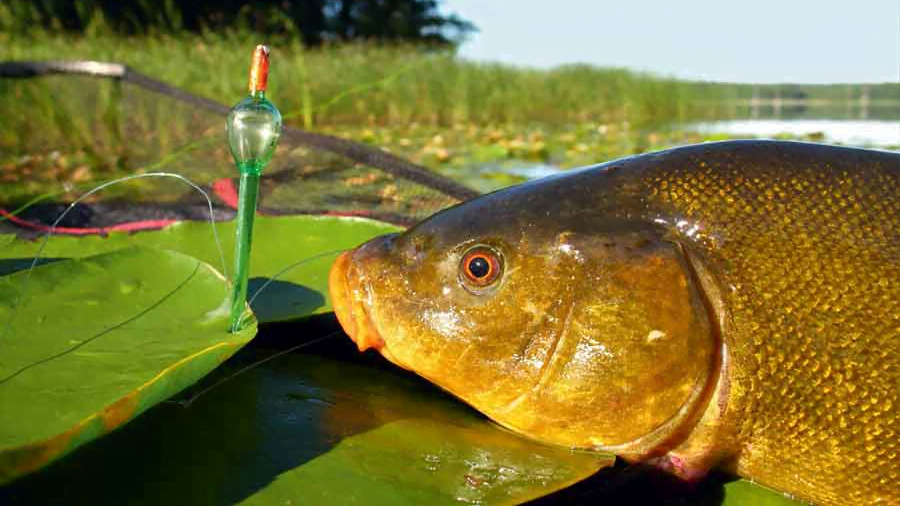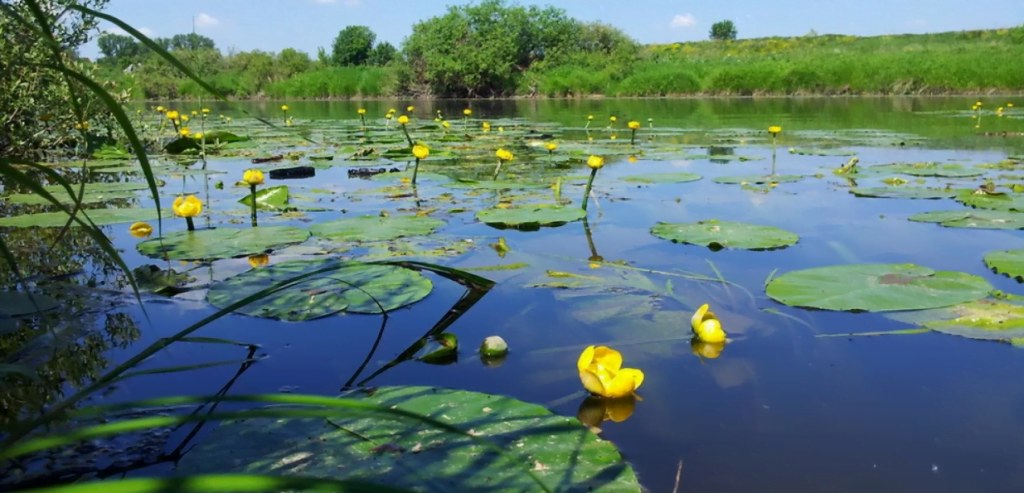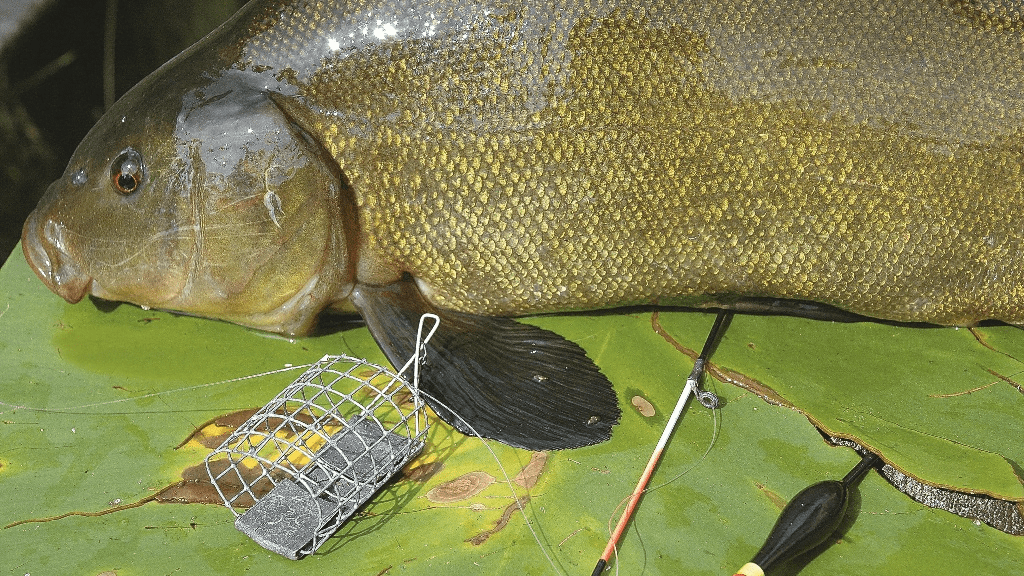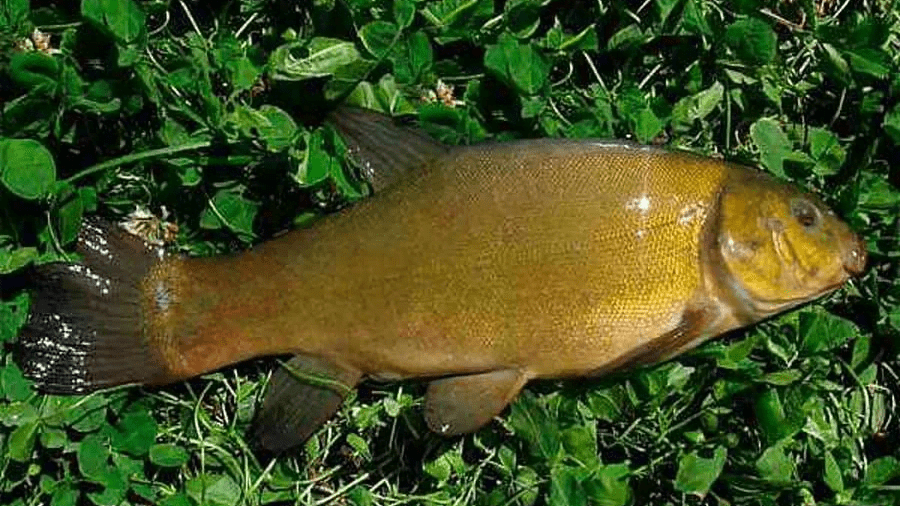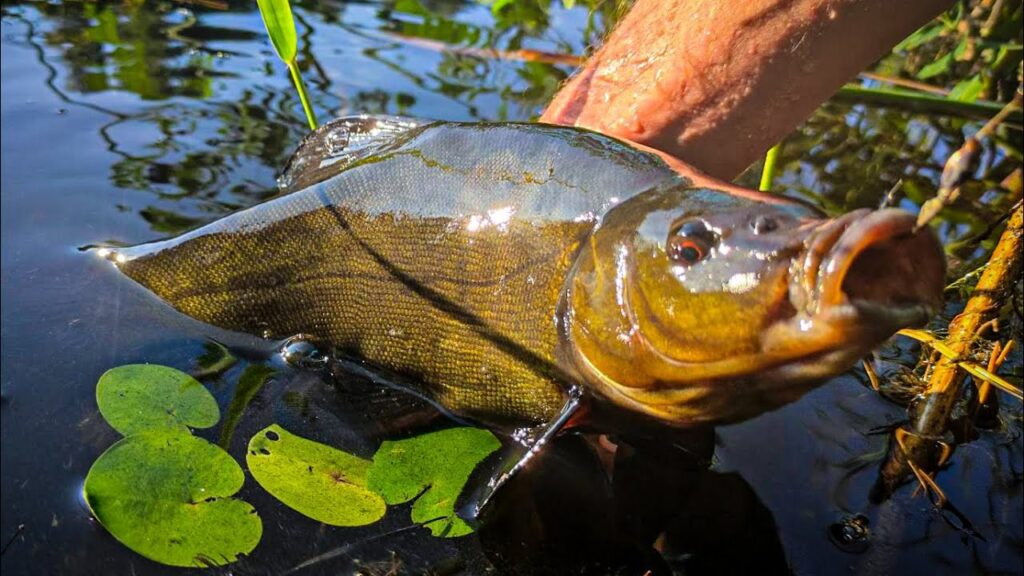Ropes fishing summer has many tricks. In part, especially in June, it is very similar to line fishing in late spring, but closer to the middle of summer, the behavior of the fish changes. Her appetizing passions, habits and favorite places on the lake become different.
After spawning, ropes practically stop feeding and being active during the day. This circumstance must be taken into account before starting to plan longline fishing in the summer. In summer, this peaceful fish "wakes up" in the evening and at night. Optimal ropes fishing in summer - from 7 pm to 8-9 am. If the day is cool, you can go during the day. However, this is an exception to the rule, as during the summer the feeding schedule of ropes is stable at night, before dawn and in the evening.
In summer, especially in July, the underwater thickets reach truly enormous sizes and turn into jungles. How to catch fish in such conditions, especially near the coast, where underwater grass has grown over the entire surface of the bottom. Everything is simple: we either look for existing water windows or create them ourselves. Otherwise, you will hardly be able to make it to the ropes. Rakes are great with this.
Longline fishing summer: Where to look for fish
Finding promising spots is complicated by the fact that lines rarely form sails that the angler can see in the water. During spring spawning, fish still swim in groups, looking for a mate. However, after spawning, in the summer, they start swimming alone again. Thus, it turns out that the summer passivity of the rope and solitary lifestyle complicates the fishing process and affects the volume of the catch. However, do not think that it is simply impossible to return from fishing with a good catch of lines. Who knows promising places - always catches!
Line fishing in the summer should begin with fishing in muddy inlets, bays and streams where algae thrive. In small reservoirs, such zones are often located where the current is weak or absent. It happens that such places are far from the shore.
Features of rope behavior in summer
The habits of fish in summer are a little different than in other seasons. This must be taken into account when fishing lines in the summer. This peaceful fish grows slowly, but if it avoids the dangers in its life, it can grow to an impressive size. Most often, fishermen catch ropes whose weight does not exceed 3 kg. However, there are also cases when you manage to catch a truly trophy rope. Representatives of the large species rarely swim in groups in the summer. For this reason, in some cases, baits will have to wait longer.
Often, rope baits are accompanied by a considerable amount of other fish baits - bream, roach and crucian carp. In summer, fish prefer to live in areas with vegetation. Ropes are most active in summer in small bodies of water - ponds and lakes. Lake of the Woods is generally an ideal spot for line fishing in the summer. Fish are most active in the summer period - in the first half of June and August. Of course, you can also catch them in July, but that will probably require persistent night fishing in good spots. At night rope starts to move and look for food.
In the heat, the fish practically does not eat anything, so on such days it is better not to go into the pond in search of ropes, but wait for the coolness of the evening, night or morning. If August turned out to be unusually cold, day line fishing in the summer can also be successful.
Longline fishing in summer: Lures and lures
Like other peaceful fish, walleyes switch to plant bait when summer begins. The fish's diet includes various stems and shoots of plants - reeds, grasses. The fish will not refuse the ducks and will definitely be tempted by the corn, peas or dough offered by the fisherman. This does not mean at all that animal baits should be completely removed until autumn. Summer ropes also work well on live bait. In general, such a variety of rope flavors allows the fisherman to conduct large-scale experiments. It is observed that fish can choose different food in different water bodies. Therefore, when you go fishing, especially in an unfamiliar place, be sure to take a full set of various baits.
If everything is done correctly with the baits, morning, evening and night line baiting is guaranteed. Live baits go well with plant baits. These two components work extremely well together, allowing you to significantly increase the number of baits. It is best to lure and interest ropes with high protein items. It can be finely chopped earthworms and wild boars, mixed with cottage cheese. Line fishing in the summer will be much more successful if you use a variety of baits.
Lines will always respond better to moving and teasing bait. You should periodically pull the lure towards you, away from you, or with the help of the rod to one of the sides to give the lure extra movement. If the fishing area is heavily obstructed by vegetation, it is recommended to raise and lower the bait slowly to avoid tangling the tackle. Plant baits work well - peas, corn, dough and cottage cheese.
A few final tips
- Fishing among the vegetation must necessarily be accompanied by a quick pull out of the line so that it does not get tangled in the grass.
- There is no point in looking for Lyno in the current, because she likes quiet and calm places. The working depth of fishing is about 1.5-2 meters.
- In particularly muddy areas, where the bait can get lost in the mud, it is recommended to hook a foam ball to prevent the bait from sinking in the mud. Pop-up boilers can also be used.
- After a fierce fight, you usually have to wait a long time for the next line to be hooked. Therefore, it is better to immediately choose several promising places, located close to each other, and alternately catch them.
